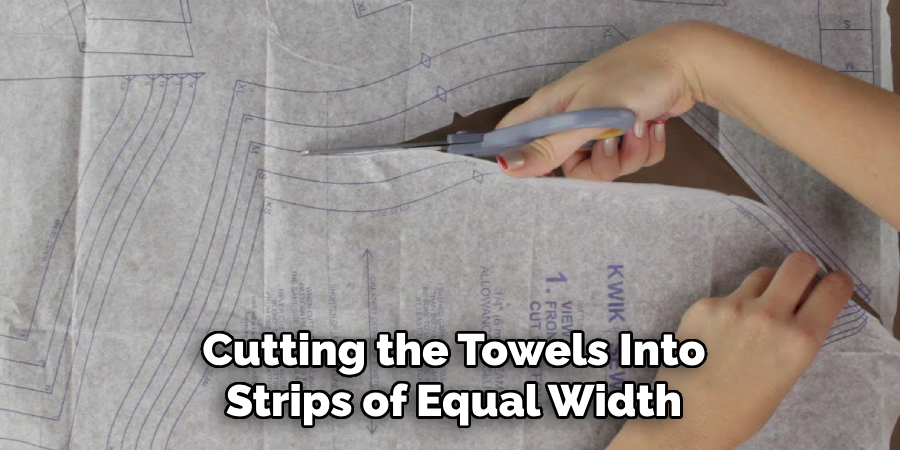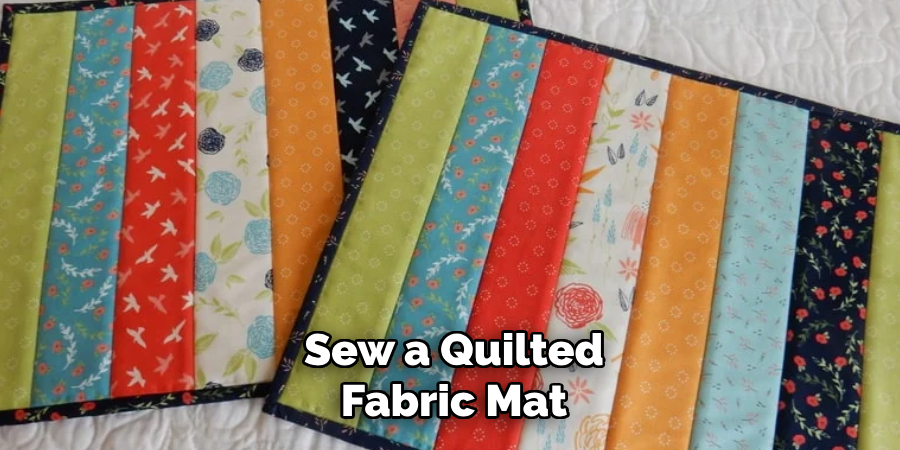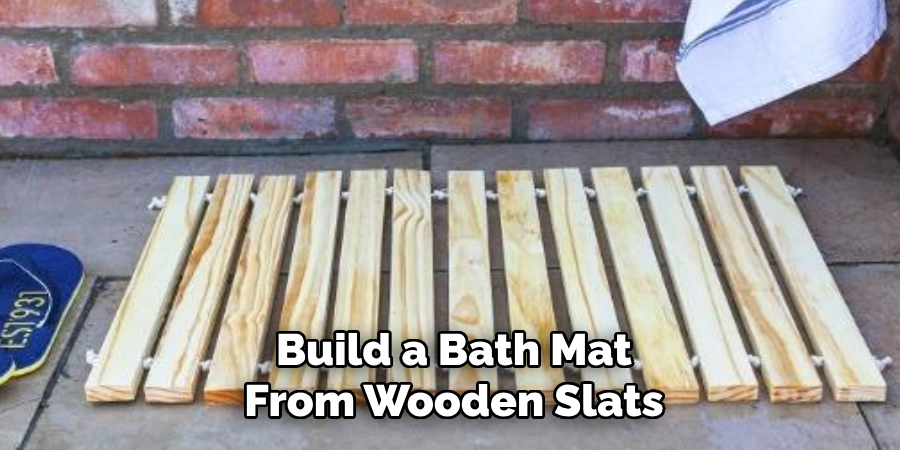Creating your own DIY bath mat is a fun and rewarding project that adds a personal touch to your bathroom decor. Not only can you customize it to match your style and preferences, but it’s also an eco-friendly way to repurpose materials you already have at home. Whether you’re aiming for a cozy, rustic vibe or a sleek, modern look, a homemade bath mat is both functional and creative. This guide will walk you through the steps of how to make a DIY bath mat.

Benefits of a DIY Bath Mat
Making your own DIY bath mat comes with numerous benefits. Firstly, it allows for full customization—you can choose the materials, colors, and design that best fit your bathroom’s aesthetic, ensuring a perfect match for your space. Secondly, it’s an eco-friendly choice, as you can repurpose old towels, fabric scraps, or other materials that might otherwise go to waste. This not only reduces environmental impact but also saves money compared to purchasing a new mat.
Additionally, creating a DIY bath mat can be a therapeutic and rewarding activity. It offers a sense of accomplishment and pride in crafting something both beautiful and functional with your own hands. Plus, a homemade bath mat can be more durable, as you can control the quality of the materials and construction.
By choosing to create your own bath mat, you’re adding a unique and personal touch to your bathroom while reaping all these advantages.
Choosing the Right DIY Bath Mat Style
Before starting your DIY project, it’s important to consider the style and functionality you want your bath mat to have. Think about the overall aesthetic of your bathroom—do you prefer a minimalist, contemporary look, or a warm, vintage charm? Materials play a huge role in defining the style.
For a natural, eco-friendly vibe, consider using materials like cork, pebbles, or reclaimed wood. If you want something soft and cozy, old towels or fabric scraps are excellent choices.
Additionally, take into account the mat’s purpose—whether it’s purely decorative, highly absorbent, or slip-resistant, your design choices should reflect your priorities. By aligning your bath mat’s style with your bathroom theme and needs, you’ll create a piece that’s both beautiful and practical.
10 Methods How to Make a Diy Bath Mat
1. Upcycle Old Towels for a Soft, Eco-Friendly Mat
One of the most sustainable and cost-effective methods to make a bath mat is by recycling old bath or beach towels. Start by cutting the towels into strips of equal width—around 2 to 3 inches—then braid the strips together tightly to form long ropes. Once braided, coil the rope in a spiral, stitching it as you go with a heavy-duty needle and thread to maintain the shape.

This method results in a plush, absorbent mat with a soft feel underfoot. Not only does it minimize waste, but it also gives worn towels a second life, making it an eco-conscious project with functional beauty.
2. Craft a Pebble Bath Mat for Spa-Like Elegance
For a sleek and natural aesthetic, try making a pebble bath mat. Purchase a rubber or plastic mat with a nonslip bottom, and collect flat river stones or buy a polished pebble set from a garden or craft store. Use industrial-strength adhesive to glue the stones to the surface of the mat, arranging them in a tight but artistic pattern. Allow ample drying time before placing the mat in your bathroom. The finished product mimics a high-end spa experience, offering a natural massage effect with every step. It’s a perfect fit for minimal, nature-inspired bathrooms.
3. Make a Cork Mat Using Wine Corks
If you’ve been collecting wine corks, this is your opportunity to turn them into a functional and stylish bath mat. Cut the corks in half lengthwise and glue them flat-side down onto a non-slip shelf liner or thick rubber mat base. Arrange them tightly in rows or geometric patterns, ensuring they are secured evenly. Cork is naturally water-resistant and has a warm texture that feels great on bare feet. This method combines rustic charm with sustainability and makes for a fun weekend project—especially if you’re a wine enthusiast.
4. Sew a Quilted Fabric Mat for a Custom Look
If you’re skilled with a sewing machine or enjoy fabric crafts, consider sewing a quilted fabric bath mat. Choose absorbent cotton fabrics or flannel and cut them into your desired shape. Layer a top decorative fabric, absorbent middle layer (such as towel material or batting), and a waterproof bottom layer like PUL fabric or an old vinyl tablecloth.

Sew the layers together and topstitch in a grid or freeform quilting design to hold them in place. This type of mat is machine washable and completely customizable with colors and patterns to match your decor.
5. Crochet a Rug-Style Mat with T-Shirt Yarn
For those who enjoy yarn work, creating a DIY bath mat using T-shirt yarn (also called “tarn”) is a fun and functional approach. Cut old T-shirts into long strips and stretch them to form continuous yarn. Then, using a large crochet hook, stitch in a simple pattern like single crochet or half-double crochet to form a thick, squishy mat. The fabric yarn makes the mat extra soft, absorbent, and easy to wash. This method is especially popular for its durability and for repurposing otherwise discarded clothing.
6. Weave a Rag Rug with a Loom or Cardboard Frame
Weaving your own rag bath mat can be done with minimal tools and a bit of patience. Cut old fabric or towels into strips and weave them through a DIY loom made from cardboard, wood, or an embroidery hoop. Alternating the strips over and under creates a tightly woven mat with a homespun texture. This method gives you creative control over color patterns and allows you to craft something unique with a handmade, rustic appeal. Plus, the woven texture is great for drying wet feet and adds character to your bathroom.
7. Assemble a Wooden Slat Mat for a Minimalist Vibe
For a more architectural and spa-like option, build a bath mat from wooden slats. Choose rot-resistant wood like cedar or teak and cut the slats to your desired mat width. Sand the edges smooth and attach them to wooden support bars beneath, leaving slight gaps between slats for drainage.

Finish with a water-resistant sealant or oil. This method doesn’t absorb water like fabric mats, but it offers durability and a clean, modern appearance. It’s ideal for minimalist or Japanese-style bathrooms and is easy to maintain.
8. Knot a Braided Rug Using Rope or Jute
Create a rustic bath mat by braiding and knotting jute rope, sisal, or cotton rope. Cut lengths of rope and braid them tightly, then coil the braid into an oval or circle and stitch or glue it in place. This technique results in a firm, textured mat with great grip. The natural fibers give it a farmhouse or nautical aesthetic, making it a great match for coastal-themed bathrooms. Add a rubber backing for extra traction and water resistance.
9. Make a Loop Yarn Mat—No Hook Needed
Loop yarn, also known as finger-loop yarn, is incredibly easy to use and requires no crochet hooks or needles. Simply lay out your loops in a flat row and loop them together by hand row by row. The result is a soft, cushiony mat with a plush feel underfoot. This is one of the fastest methods to create a bath mat and is especially great for kids’ bathrooms or as a fun project for beginner crafters. Choose microfiber loop yarn for quick drying and comfort.
10. Repurpose Old Rugs or Mats with a New Cover
If you have an old rug that’s worn or stained but still structurally sound, you can give it new life by covering it with a fresh fabric. Measure and cut a large piece of absorbent fabric like terry cloth, flannel, or microfiber and stitch it over the top of the existing mat. You can either sew directly to the base or create a removable cover with elastic or velcro for easy washing. This method is perfect for refreshing your bathroom’s look without discarding a functional base mat.

Conclusion
Creating a DIY bath mat isn’t just a fun craft project—it’s a way to bring personality, sustainability, and practicality into your bathroom. Whether you’re braiding, gluing, crocheting, sewing, or weaving, there’s a method for every skill set and aesthetic preference. Each of these ten techniques allows you to explore your creativity while ensuring your bathroom stays cozy and stylish.
From recycled fabrics to natural materials like wood and cork, DIY bath mats are a perfect example of form meeting function. So, there you have it – a quick and easy guide on how to make a DIY bath mat.

